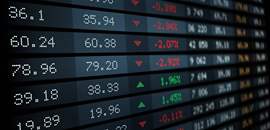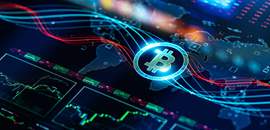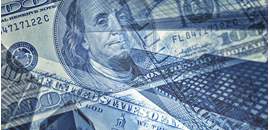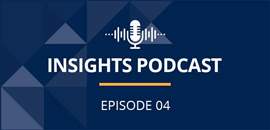Federal Reserve Chairman Jerome Powell’s remarks grabbed the headlines at the Jackson Hole meeting at the end of August. His message was clear: The Federal Reserve must persevere in bringing inflation under control even if the U.S. economy and labor market weaken. It disappointed investors who were hoping the Fed would pivot from tightening monetary policy, and the stock market has sold off in the meantime.
In his remarks, Powell acknowledged that the current high inflation is the result of strong demand and constrained supply, and that the Fed’s tools work principally on aggregate demand. But he maintained, “None of this diminishes the Federal Reserve’s responsibility to carry out our assigned task of achieving price stability.”
Still, many observers question whether it is appropriate to tackle global supply shocks by raising interest rates significantly. In their view, the Fed could be making a policy error that will damage the economy and result in significant job losses.
Great Volatility May Be Brought on by COVID, War, & Climate Change
But the skeptics should read the remarks of another Jackson Hole participant—Isabel Schnabel—a member of the Executive Board of the European Central Bank (ECB). She spells out the case for central banks to tighten monetary policy now even as the global economy is weakening. Indeed, the ECB raised rates by 75 basis points in early September despite concerns the EU is headed for a recession, and the Fed moved by the same pace at the September FOMC meeting.
Schnabel’s thesis is that the global economy is transitioning away from the “Global Moderation” that was accompanied by economic prosperity and relative macro stability for three decades. During this period, central banks played an important role by successfully targeting low inflation, which increased the confidence of households and businesses.
By comparison, the past three years suggest we may be entering a period of “Great Volatility” as the global economy has been buffeted by the COVID-19 pandemic, Russia’s invasion of Ukraine, and the effects of climate change. Schnabel argues that while these forces will likely lead to weakness ahead, the decisions that central banks take to deal with high inflation can mitigate and limit the ultimate impact of these shocks.
Central Banks Need to Move with Urgency
Schnabel believes central banks face a choice of proceeding with caution—viewing monetary policy as the wrong medicine for supply shocks—or of determination by moving forcefully even at the risk of lower growth and higher unemployment. She favors the latter approach for three reasons.
First, uncertainty about inflation requires a forceful response. In the event that inflation stays high for too long, Schnabel claims it is irrelevant whether the cause is supply or demand. She argues that by acting early when inflation accelerates, policymakers can lessen the risk of having to take Volcker-like actions in which interest rates reach very high levels.
Second, the risk that inflation expectations will become entrenched at high levels threatens to undermine the credibility of central banks. She notes that the surge of inflation has started to lower the trust in institutions and that young people have no memory of central banks fighting inflation. She also flags the rise in inflation expectations that is occurring in Europe now.
Third, Schnabel contends central banks are facing a higher “sacrifice ratio.” That is, the potential cost of acting too late and allowing inflation expectations to become entrenched means that more severe action will ultimately be required with worse consequences such as in the 1970s and early 1980s.
In the end, Schnabel sees the challenges central banks face today as potentially prolonging the Great Volatility or rendering the pandemic and war with Ukraine as a temporary interruption of the Great Moderation.
When Might Fed Back Off from Policy Tightening?
A version of this article was posted to TheHill.com on September 9, 2022.






















